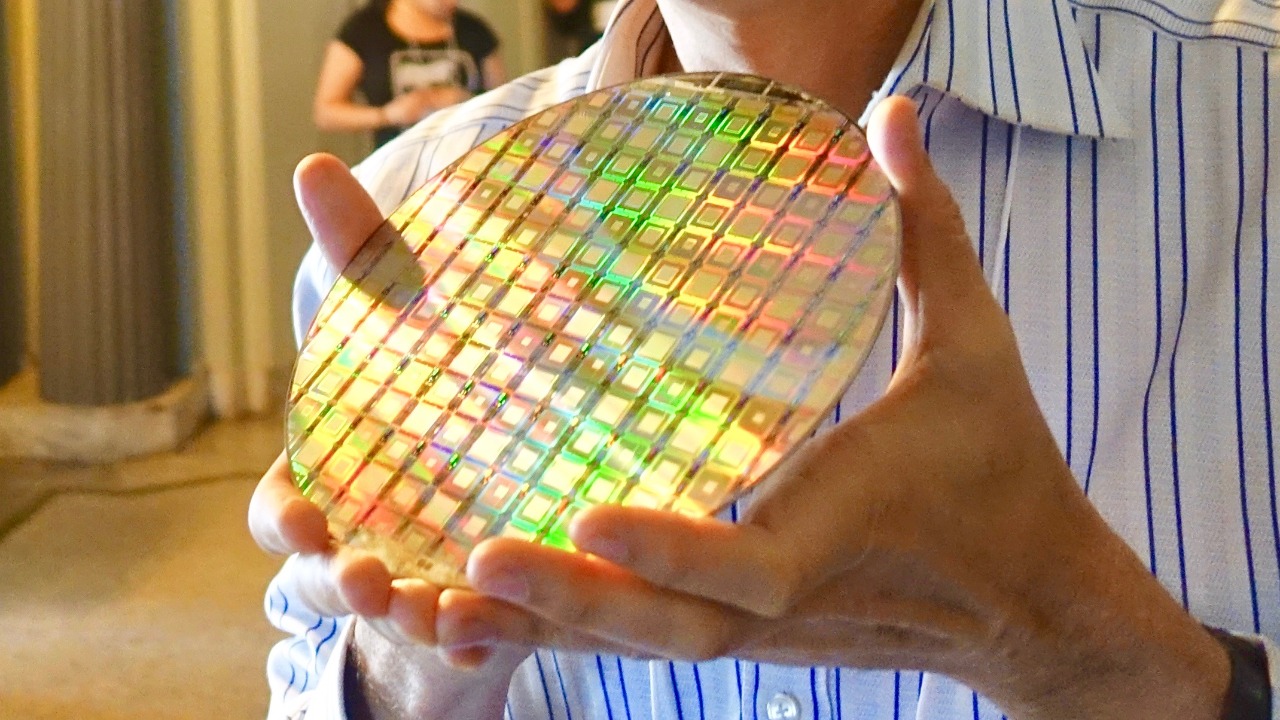
On March 12, 2025, a significant milestone in quantum computing was reached when D-Wave Systems claimed to have achieved quantum supremacy. Their system outperformed classical computers on a complex optimization problem without any assumptions or limitations. This achievement, hailed by scientists as the real deal, builds on recent breakthroughs demonstrating quantum computers’ ability to solve problems infeasible for traditional supercomputers.
What Is Quantum Supremacy?
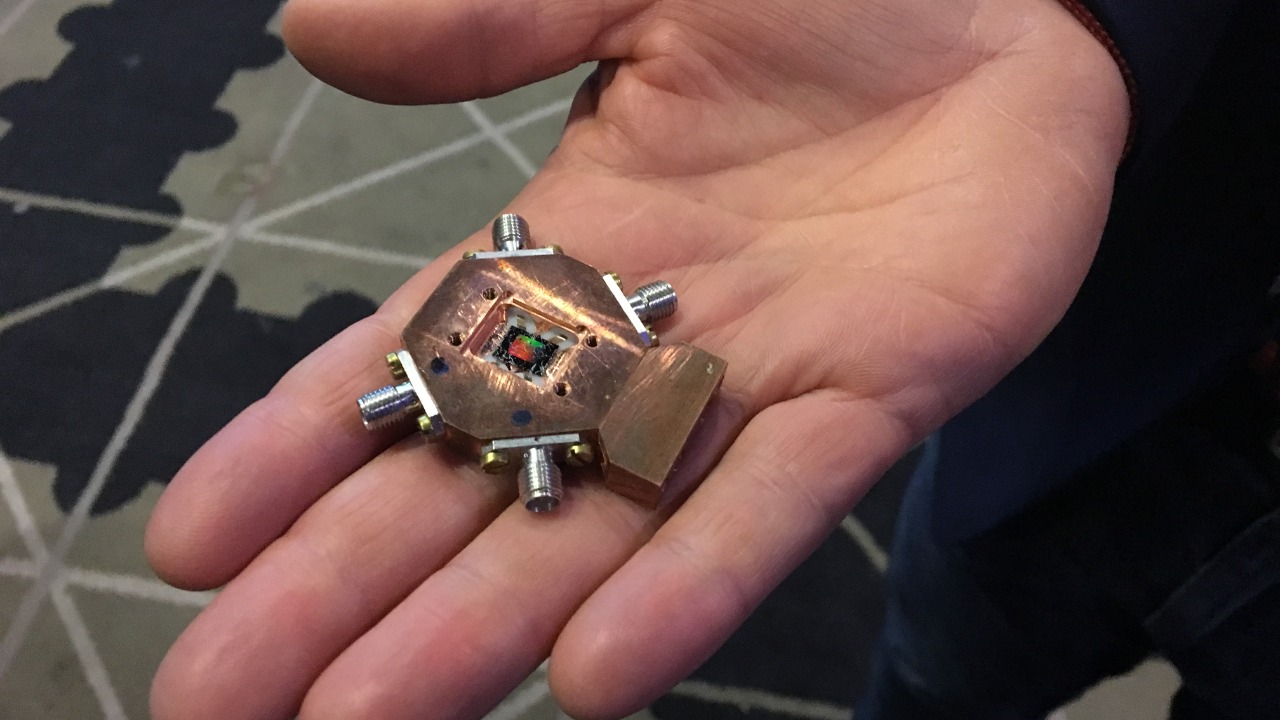
Quantum supremacy is the demonstration that a quantum computer can perform a calculation that is practically impossible for any classical supercomputer to complete in a reasonable time. This is made possible by the unique properties of quantum bits, or qubits, which can exist in a state of superposition, enabling them to process a vast number of potential outcomes simultaneously [source].
It’s important to distinguish between conditional and unconditional supremacy. The latter, which D-Wave claims to have achieved, requires no assumptions about classical computing limitations or error rates. This is a significant step forward from early claims of quantum supremacy, such as Google’s 2019 announcement, which were conditional on certain assumptions [source].
D-Wave’s Recent Claim
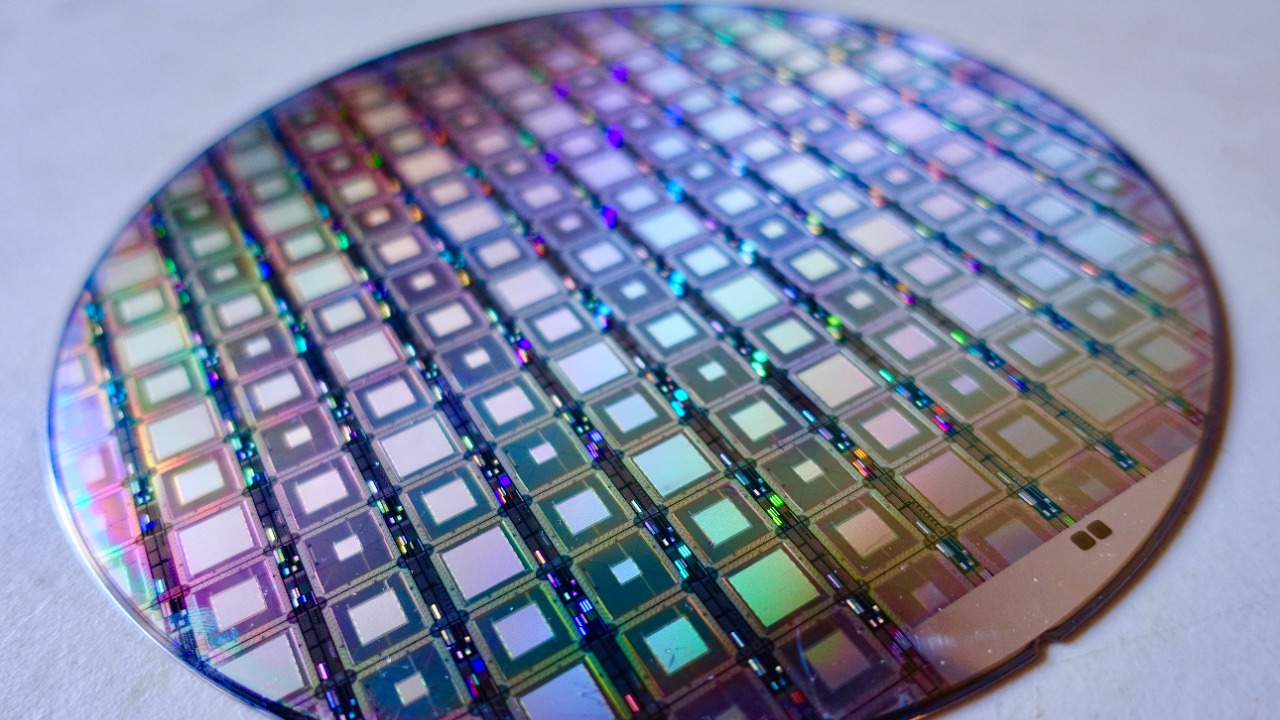
D-Wave’s announcement on March 12, 2025, stated that their quantum annealer solved an optimization problem exponentially faster than classical methods. The specific task involved a complex simulation that took seconds on D-Wave’s hardware versus years on supercomputers [source].
D-Wave’s technology focuses on quantum annealing, a technique used for finding the global minimum of a given function. This approach has practical applications in areas like logistics and sets D-Wave apart from other companies focusing on universal quantum gates [source].
Unconditional Supremacy Explained
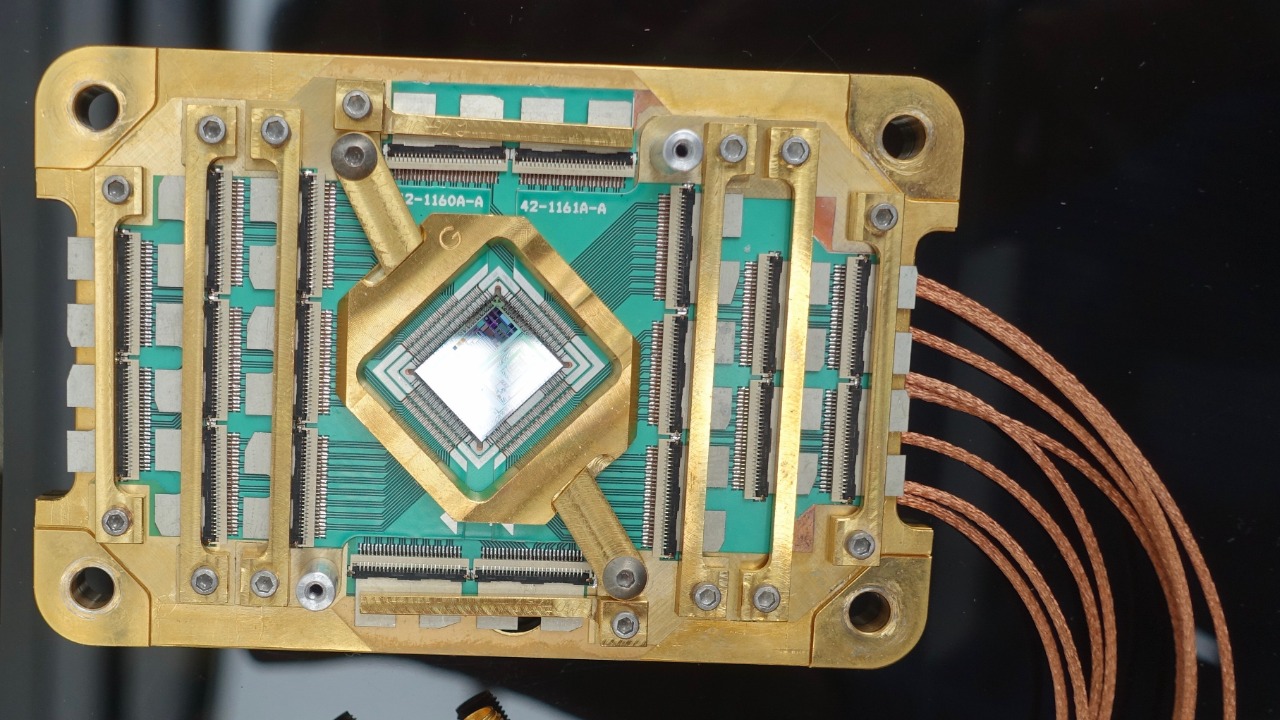
The breakthrough achieved by D-Wave eliminates all assumptions, proving quantum advantage even against optimized classical algorithms. This was made possible by the use of error-corrected qubits that maintained coherence long enough for the computation [source].
Experts have affirmed this as a verifiable milestone without loopholes. As one scientist put it, “This is the real deal. It’s the first time we’ve seen quantum supremacy achieved without any asterisks or assumptions” [source].
Skepticism and Debate

Despite D-Wave’s claim, some researchers argue that their annealing approach doesn’t equate to full quantum supremacy for general problems. They contend that while the claim holds for the specific task D-Wave’s system was designed to solve, broader verification is needed [source].
There are also concerns about scalability and real-world applicability. Quantum experts from companies like IBM and Google have questioned the metrics used in D-Wave’s demonstration, suggesting that more rigorous standards are needed [source].
Technical Underpinnings of the Breakthrough
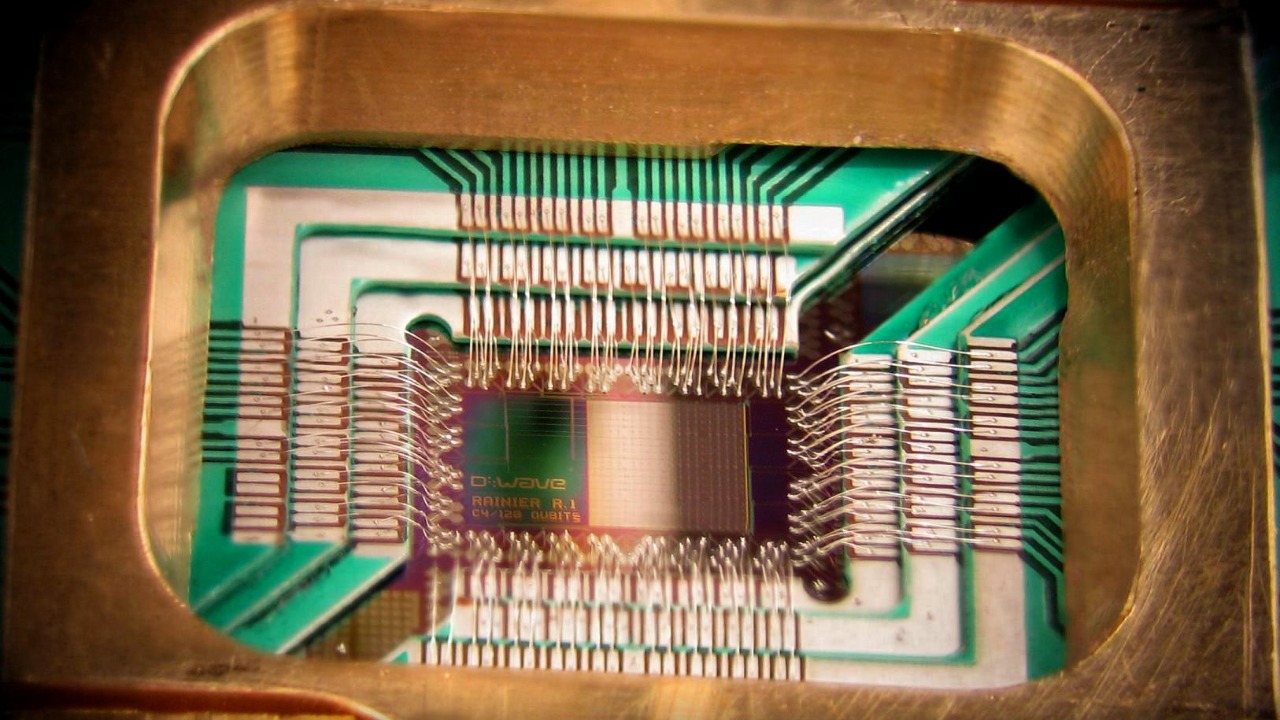
The supremacy task was enabled by hardware advancements such as increased qubit counts and reduced noise levels. The benchmark problem involved thousands of variables that classical systems couldn’t handle efficiently [source].
Verification methods included independent simulations confirming the quantum speedup. This rigorous testing helped to validate D-Wave’s claim and underscore the significance of the achievement [source].
Implications for Future Computing
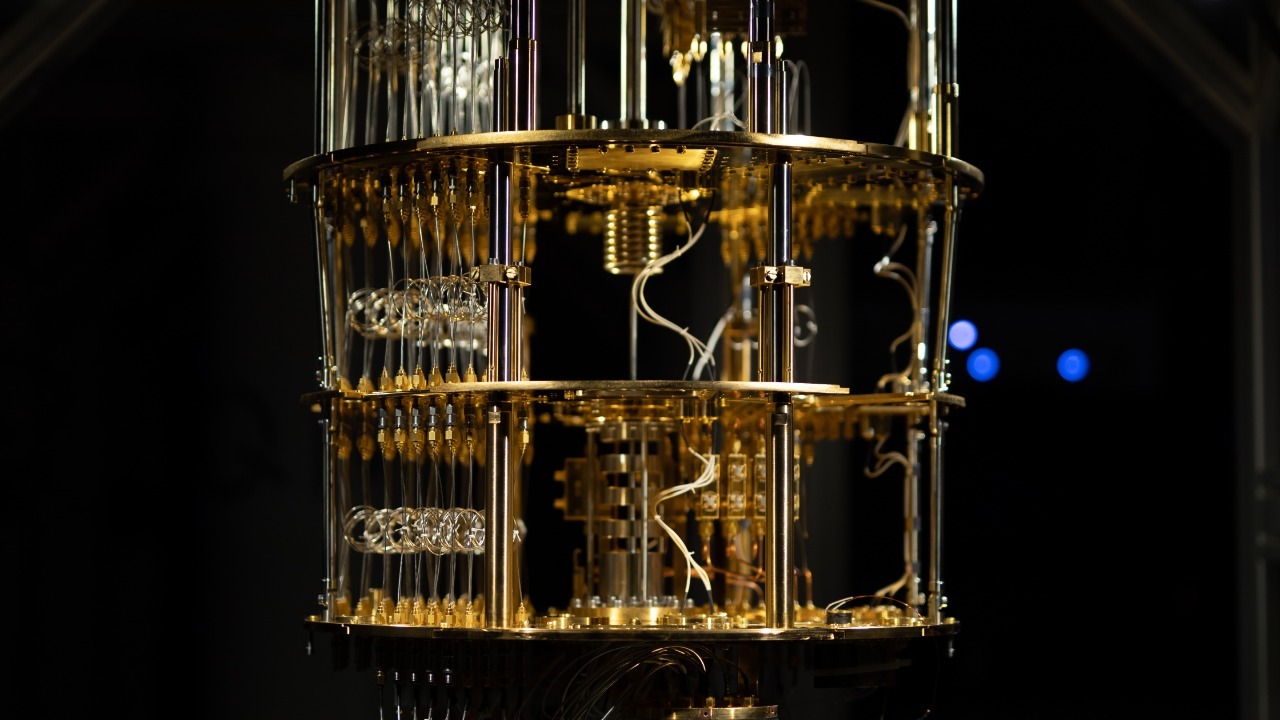
This supremacy could accelerate drug discovery by simulating molecular interactions beyond classical limits. It could also have significant impacts on cryptography, as quantum systems might be able to break current encryption methods faster [source].
There are also potential economic effects. Following D-Wave’s announcement, there has been a surge of interest and investment in quantum technology [source].
Next Steps in Quantum Research
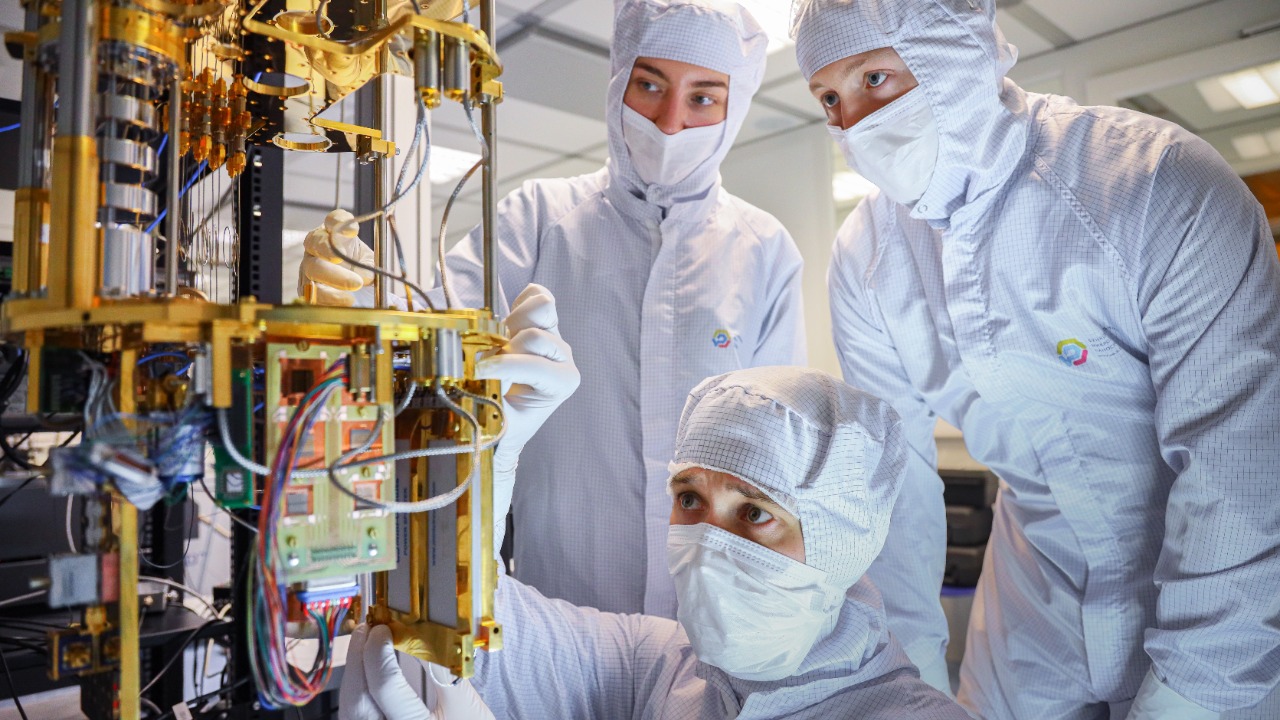
Looking ahead, the focus is on scaling up to fault-tolerant quantum computers capable of error-free operations. This will require significant advances in both hardware and software [source].
There are also collaborative efforts underway between companies like D-Wave and academic institutions to replicate and expand on the results. With continued progress, widespread use of quantum computing could become a reality within the next decade [source].